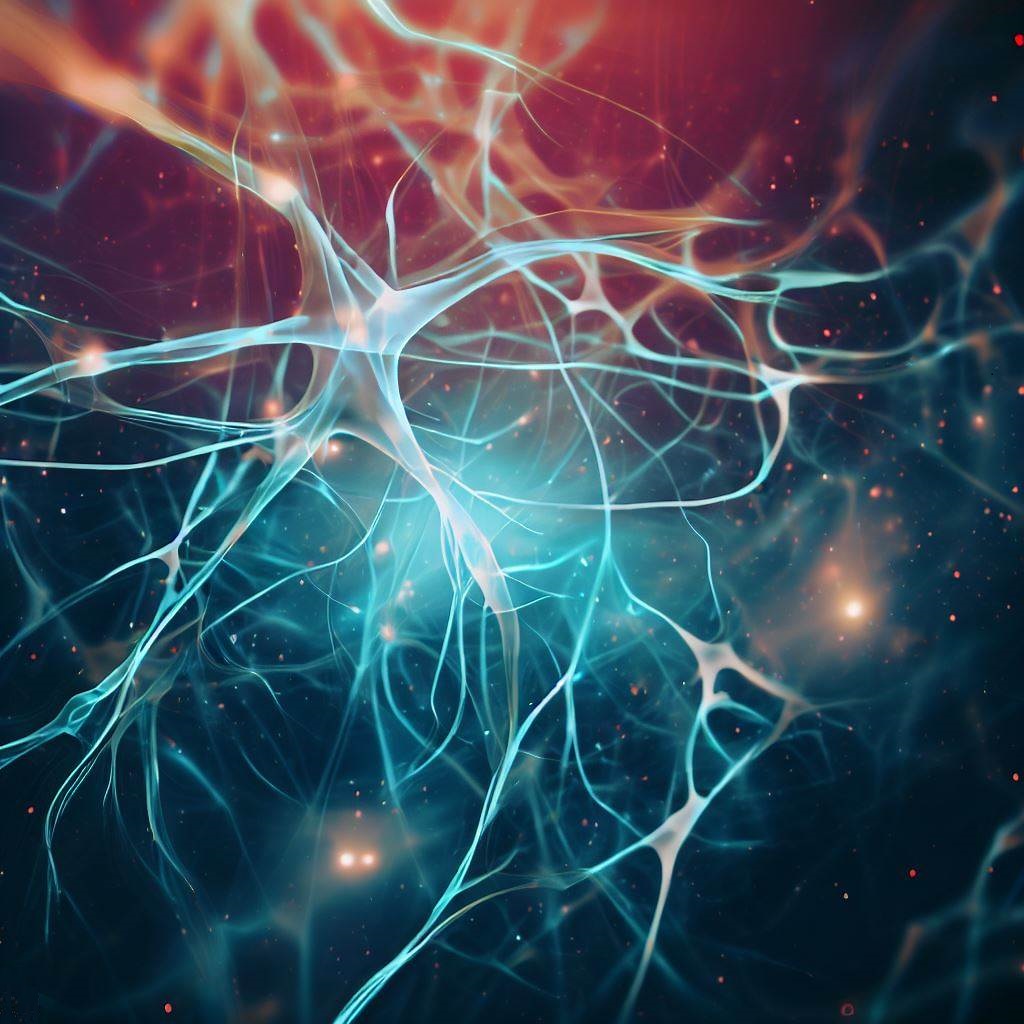Hello, friends! Today, I want to share with you a fascinating journey into the world of the Amazing Brain. As a neuroscience enthusiast, I’ve always been in awe of how our brains work, and I hope to spark the same curiosity in you. So, let’s dive in and explore the wonders of the brain together!
1. Understanding the Amazing Brain: An Introduction to Neuroscience
Neuroscience is the study of the nervous system, and it plays a crucial role in helping us understand the mechanisms of cognition and emotion. Thanks to advancements in neuroscience, we can now gain valuable insights into how our brains process information, solve problems, and react to different stimuli.
1.1 The Building Blocks: Neurons and Synapses
Our brain is made up of billions of cells called neurons. These little marvels communicate with each other through connections called synapses. Imagine neurons as people in a crowded city, and synapses as the bridges that connect them. The more bridges we have, the better we are at exchanging ideas and thoughts.
2. How Neuroscience Sheds Light on Cognition
Cognition is the mental process of acquiring knowledge and understanding through thought, experience, and the senses. In this section, we’ll take a look at how neuroscience helps us understand the complex world of cognition.
2.1 The Magic of Memory
Our memories are stored in different parts of our brain, and they make us who we are. Think of your brain as a library, and your memories as books. Every time you learn something new, you’re adding a new book to the shelves. Isn’t that amazing?
2.2 Problem Solving: Your Brain’s Superpower
When we encounter a problem, our brain springs into action, analyzing the situation and finding possible solutions. It’s like having a superhero living inside our heads, always ready to help us out.
3. Emotions: The Neuroscience Behind Our Feelings
Emotions are deeply rooted in our brain’s chemistry, and neuroscience offers insights into how they work. Let’s take a look at the science behind our feelings.
3.1 The Emotional Control Center: The Amygdala
The amygdala is the emotional control center of our brain. Imagine it as a little orchestra conductor, controlling the music of our emotions. When we experience something emotional, the amygdala directs our brain’s response, like a maestro guiding the musicians.
3.2 The Role of Neurotransmitters
Neurotransmitters are chemical messengers that help our brain communicate with the rest of our body. They play a crucial role in regulating our emotions. Picture them as tiny mail carriers, delivering messages from one part of the brain to another.
4. Tips and Tricks for Better Brain Health
Now that we know more about the Amazing Brain and neuroscience, let’s talk about some tips and tricks to keep our brains healthy and happy.
- Exercise: Physical activity is essential for brain health. So, lace up those sneakers and hit the pavement!
- Sleep: Get enough sleep to allow your brain to recharge and recover from the day’s activities.
- Meditate: Practice mindfulness and meditation to help reduce stress and improve your brain’s function.
- Stay Social: Engage in social activities, as they help keep our brains sharp and agile.
5. Wrapping It Up
As we’ve seen, neuroscience offers us a glimpse into the fascinating world of our Amazing Brain. From cognition to emotion, understanding how our brain works helps us appreciate the incredible complexity of our minds. So next time you find yourself pondering a problem or experiencing a strong emotion, take a moment to marvel at the wonder that is your brain.
By exploring the fascinating field of neuroscience and adopting healthy habits, we can better understand ourselves and ensure our brains remain in tip-top shape. Remember, your brain is your most powerful asset, and it deserves to be nurtured and cared for.
So, friends, let’s continue to nurture our curiosity and keep learning about the Amazing Brain. Who knows what incredible discoveries await us in the world of neuroscience?
For Further Studies
- The emotional brain | Nature Reviews Neuroscience: This is a review article that summarizes the current state of knowledge on the neural mechanisms of emotion generation and regulation. It covers topics such as the role of bodily feedback, appraisal processes, emotional learning, and social influences on emotion.
- Cognitive neuroscience: Emotions | Noldus: This is a blog post that explains the difference between feelings and emotions, and how they are influenced by cognitive factors such as attention, memory, and appraisal. It also discusses some methods and tools for measuring emotions in cognitive neuroscience research.
- Cognition and Emotion | Taylor & Francis Online: This is an international peer-reviewed journal that explores the relationship between emotion and cognitive processes in various fields of psychology and neuroscience. You can find articles on topics such as emotion regulation, emotional memory, affective neuroscience, and more.
